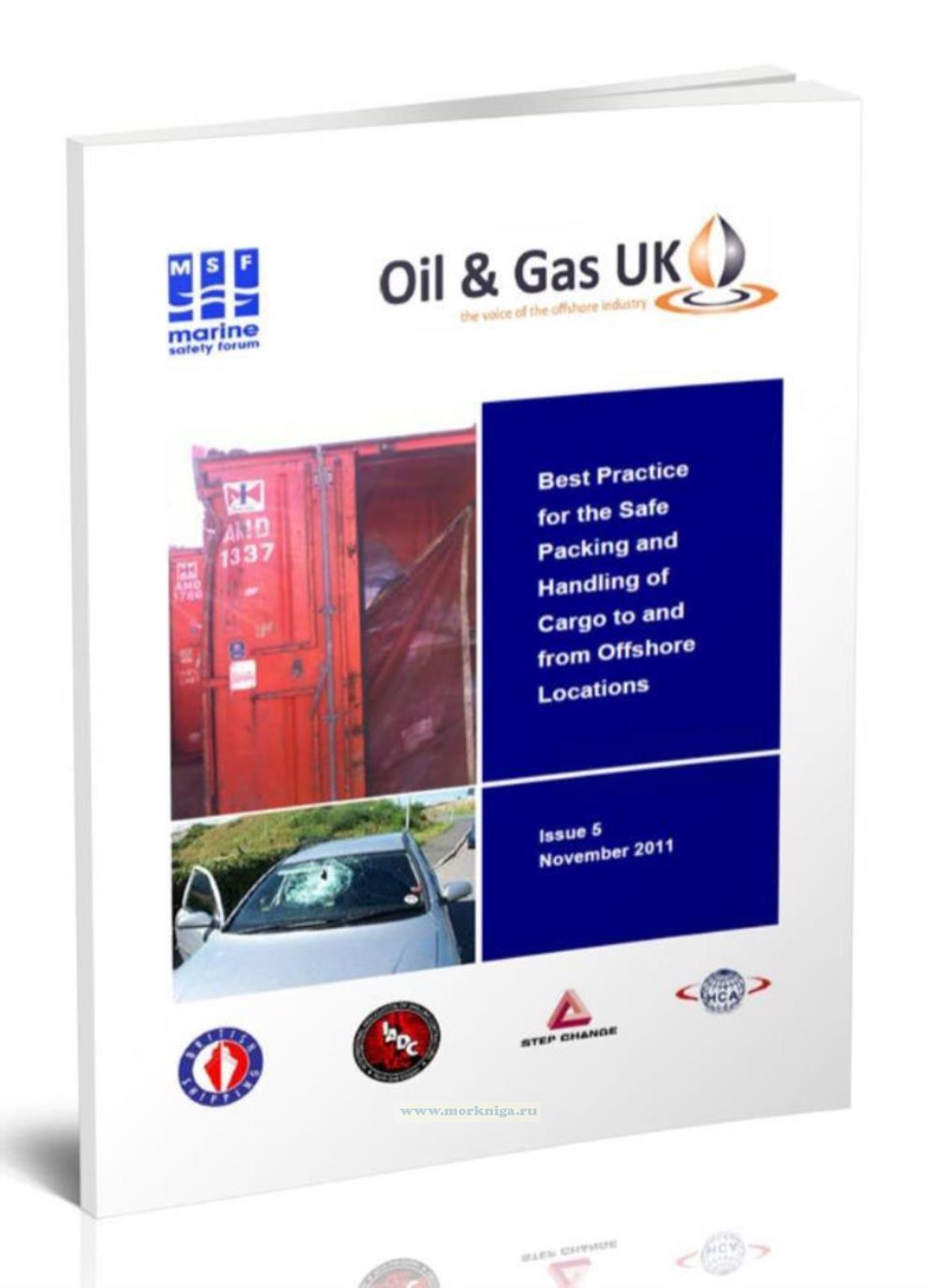Сб с 10 до 16
Cargo Securing Model Manual. DNV Report
INTRODUCTION
Extracts from the International Convention for the Safety of Life at Sea, 1974 (SOLAS) chapter VI Regulation 5 Stowage and securing, and chapter VII Regulation 5, paragraph 6, are quoted below. Requirements to CSM apply to all ships except those that carry only liquid or dry bulk cargoes. The requirements were implemented 1 January 1998. Ships below 500 GRT are also to carry an approved CSM on board, although the flag state may modify this requirement for protected coastal trade.
Passenger ships also engaged in the carriage of cargo must be provided with a manual, as should specialised vessels such as pipe and cable layers, and offshore supply vessels. Bulk carriers that may carry other cargoes than pure dry bulk cargoes are required to carry approved CSM. Various examples of potential problem cargoes (extracts from CSS) are given under chapter 3 of this model manual.
Timber deck cargoes are to be stowed in accordance with the IMO Code of Safe Practice for Ships Carrying Timber Deck Cargoes, 1991 or in the case of ships having timber load lines the International Convention on Load Lines 1966. Under deck stowage of timber is covered in chapter 3 of this model manual.
Solid bulk cargoes are to be stowed in accordance with the IMO Code of Safe Practice for Solid Bulk Cargoes.
Contents
1 Contents
2 General
2.1 Ship Data
2.2 Definitions
2.3 General Information
2.4 Principal sources of danger
3 Securing Devices and Arrangements
3.1 Specification of Fixed Cargo Securing Devices
3.2 Specification of Portable Cargo Securing Devices
3.3 Inspection and Maintenance Schemes
4 Stowage and Securing of cargo
4.1 Handling and safety instructions
4.1.1 General principles of cargo securing
4.1.2 Safe handling of cargo securing devices
4.1.3 Evaluation of forces acting on cargo units
4.1.4 Forces acting on typical cargo units
4.1.5 Procedures for calculation of forces in semi- and non-standardised lashing arrangements
4.1.5.1 MSLs for different securing devices
4.1.5.2 Safety factor
4.1.5.3 Simplified method - Rule of thumb
4.1.5.4 Assumptions of external forces
4.1.5.5 Balance of forces - Advanced method
4.1.5.6 Balance of forces - Alternative Method
4.1.5.7 Calculated example 1
4.1.5.8 Calculated example 2
4.2 Application of portable securing devices
5 Supplementary Requirements for different types of vessels
5.1 RO-RO Vessels
5.1.1 Longitudinal and transverse distances between fixed Cargo Securing Devices
5.1.2 Cargo securing arrangements for RO-RO ships exposed to angle of heel after damage or flooding or other considerations relevant to the effectiveness of the cargo securing arrangement
5.1.3 Number of lashings and lashings angles
5.2 Bulk Carriers
5.2.1 Timber Deck Cargoes
5.3 Container Carriers
5.3.1 Handling and Safety Instructions
5.3.2 Stowage and Securing Instructions
5.3.2.1 Stowage and securing principle on deck and under deck
5.3.2.2 Stowage and Securing Plan
5.3.3 Other allowable stowage patterns
APPENDIX I -VI
Appendix I - Assessment of MSL fo uncertified cargo securing devices
Appendix II - Log for maintenance of cargo securing equipment
Appendix III - Extracts from the IMO Assembly Resolution A.533(13)
Appendix IV - Extracts from various Timber Deck Codes
Appendix V - Annex 1-12 to the CSS Code
ANNEX 1 Safe stowage and securing of containers on deck of ships which are not specially designed and fitted for the purpose of carrying containers
ANNEX 2 Safe stowage and securing of portable tanks
ANNEX 3 Safe stowage and securing of portable receptacles
ANNEX 4 Safe stowage and securing of wheel-based (rolling) cargoes
ANNEX 5 Safe stowage and securing of heavy cargo items such as locomotives, transformers, etc
ANNEX 6 Safe stowage and securing of coiled sheet steel
ANNEX 7 Safe stowage and securing of heavy metal products
ANNEX 8 Safe stowage and securing of anchor chains
ANNEX 9 Safe stowage and securing of metal scrap in bulk
ANNEX 10 Safe stowage and securing of flexible intermediate bulk containers
ANNEX 11 General guidelines for the under-deck stowage of logs
ANNEX 12 Safe stowing and securing of unit loads
Appendix VI - LASHCON IMO USER GUIDE
1 General
1.1 Introduction
1.2 System requirements
1.3 User requirements
2. User guide
2.1 Input sequence
2.2 Input data
2.3 Calculation methods
2.4 Special features of Lashcon IMO
2.5 Program assumptions

 Best Practice for the Safe Packing and Handling of Cargo to and from Offshore Locations. Issue 5/Передовая практика безопасной упаковки и обработки грузов в Оффшорные пункты и обр
Best Practice for the Safe Packing and Handling of Cargo to and from Offshore Locations. Issue 5/Передовая практика безопасной упаковки и обработки грузов в Оффшорные пункты и обр